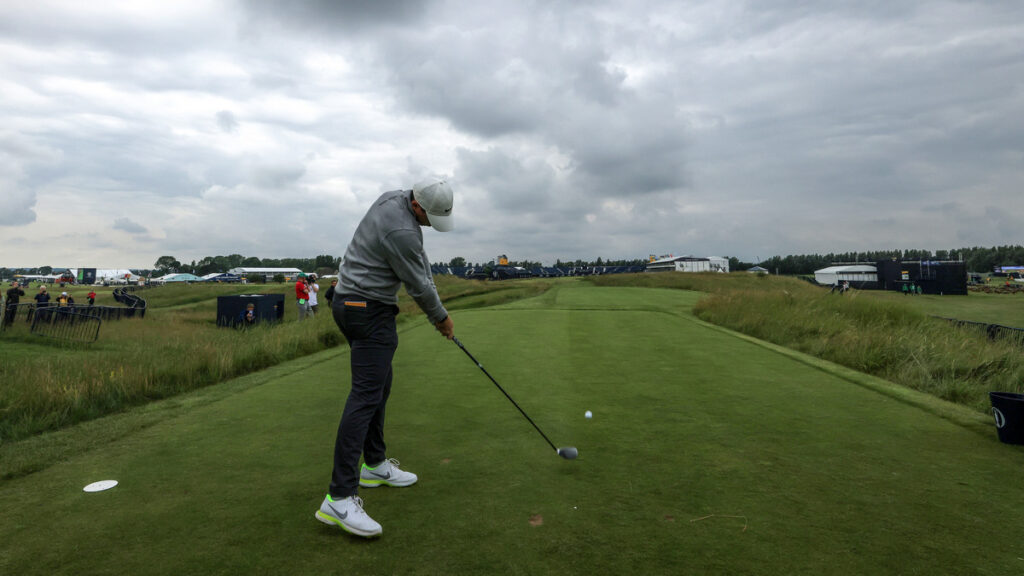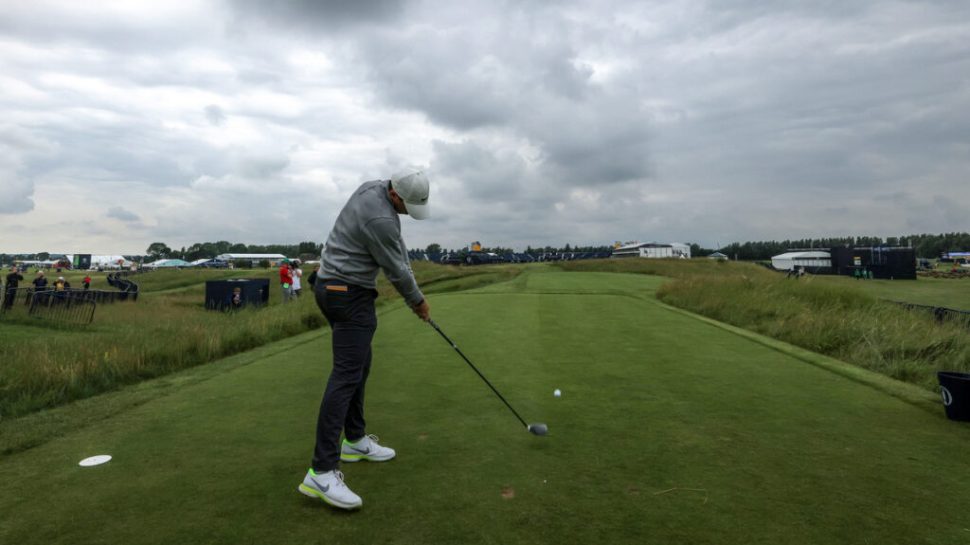
Estimated reading time: 8 minutes
When the International Olympic Committee (IOC) opted in 2009 to reinstate golf as a sport for the 2016 Summer Olympics in Rio de Janeiro it did so at the urging of various golf organizations led mainly by the United States Golf Association (USGA) and R&A. The belief then — and now — is that a return to the Olympics for the first time in over 100 years would provide the sport even more visibility and develop the foundation for a much fuller range of countries to take up golf.
The premise for that effort was sound but certain realities have emerged with the 2020 Summer Games planned for Tokyo later this month.
Key players have once again opted not to compete — even though they are eligible. The most notable being Dustin Johnson from the USA. The world’s number one ranked player also opted not to play in Rio because of fears of the Zika virus. DJ’s reason to skip Tokyo is on a few fronts – the uncertain protocols tied to the pandemic, a desire to adequately prepare for the balance of upcoming Fed-Ex Cup Playoffs and the Ryder Cup matches that lie ahead at the end of September. Other players have opted to bailout for a range of reasons. They include Sergio Garcia (Spain), Adam Scott (Australia), Louis Oosthuizen (South Africa) and Martin Kaymer (Germany).
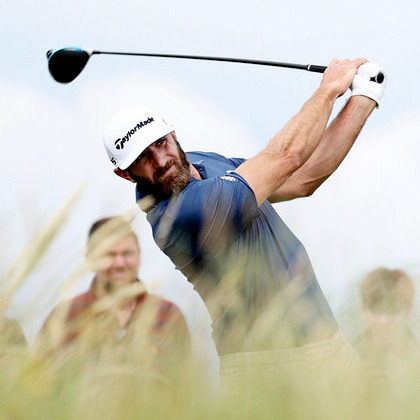
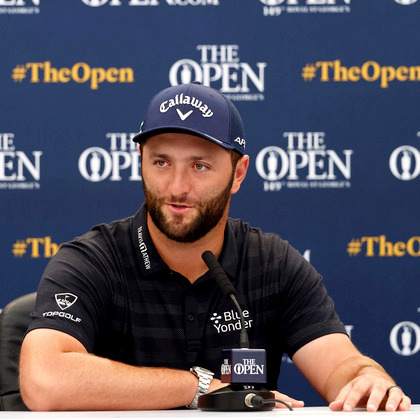
The field for the event in Tokyo will still have a number of key players. On the American side, Justin Thomas, Collin Morikawa, Xander Schauffele and Bryson DeChambeau all qualified and are slated to attend. They will be joined by Rory McIlroy (Ireland), Viktor Hovland (Norway), Hideki Matsuyama (Japan), Paul Casey (Great Britain), Abraham Ancer (Mexico), Sungjae Im (South Korea), Tommy Fleetwood (Great Britain), Corey Conners (Canada) and Shane Lowry (Ireland).
The golf event in Tokyo will be your garden variety 72-hole tournament with just 60 players competing. Keep in mind, certain countries will have players competing who have a world ranking far outside the top 100. So, in actual competitive terms — the Olympics as constituted now has a far weaker field than many PGA Tour events.
Interestingly, the issue with the men is not the same as with the women. The Olympics platform provides the kind of missing visibility dimension that the best women players face week after week via LPGA events. The Olympics actually provides more credibility and overall fanfare in terms of validating the skill levels they possess.
The IOC is likely watching this quite carefully. There are a number of other sports clamoring to be placed in the Olympics so if the feeling is that the men’s side of the equation is not living up to what it needs to be there’s always the risk of the sport being dropped again. The ’24 and ’28 games are slated for Paris and Los Angeles respectively so the actual make-up of the men’s and women’s line-ups could be very different than what has happened to date.
It is unfortunate golf’s inclusion into the Summer Olympics only came about after the career of Tiger Woods had reached its zenith. If Woods had been in the mix during his prime competitive years — the overall impact of golf and the Games would have likely taken a far different path given his standing as the top sportsman on the planet.
Securing an Olympic gold medal should be enough of a motivation but when one delves below the surface you face the following hurdles that exist on the men’s side.

***
The schedule
The men’s golf event is scheduled from July 29 to August 1. Players competing this week at The Open Championship in England will need to then prepare for the journey to Tokyo and then head back to the USA for the WGC Fed-Ex St. Jude Invitational event planned for August 5-8 in Memphis. Talk about temperature differential from England to Japan to Tennessee.
After that the Fed-Ex Cup Playoffs starts August 19-22 in the New York metro area with The Northern Trust event at Liberty National in New Jersey. Two other playoff events follow and the Ryder Cup Matches come in late September. If one is hellbent on accumulating frequent flyer mileage you will be adding plenty to one’s account. Will such travel impact on a player’s performance? Surely, some have weighed that skipping Tokyo gives them the best opportunity to be as fresh as possible and to avoid the ever-changing guidelines associated with pandemic protocols for the stretch of golf that awaits.
The prestige
Ask players what’s important and they vote with their feet. This week’s Open Championship is the 149th edition of the sport’s oldest major event. The modern Olympics started in 1896 — the Open came 36 years earlier in 1860. Amazingly, The Open precedes the start of the Abraham Lincoln presidency. Poll players and ask — what’s more significant?
Hoisting high above one’s head the famed Claret Jug or having a gold medal draped around one’s neck. Having one’s name on the same hardware as Jones, Hagen, Hogan, Snead, Palmer, Nicklaus, Player, Woods, et al is beyond words. Being called the “Champion golfer of the Year” is a high honor that lingers for the rest of one’s life.

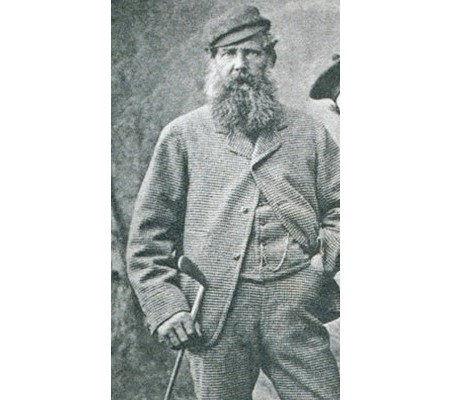
An international extravaganza
The Open Championship has been the debutante ball for many international players — whether from Europe, the Americas and Asia It has been the event many watched since the time they first picked up golf clubs. The Open has welcomed players from around the globe for many years and has clearly used its moniker as the sport’s oldest major event to maximum advantage.
Links golf – the soul of the game
The Open is always contested on a links course and it is that devotion to the game’s ancestral roots that elevates the event above all others. The Open mandates a keen sense in both total command of the aerial and ground games. Shotmaking is tested more thoroughly than at any of the other three majors.
Being able to constantly adapt to changing weather patterns, unpredictable bounces and the thought of possibly possessing the famed Claret Jug is all part and parcel of the event. There’s also the history associated with the various sites — none more special than The Old Course at St. Andrews.
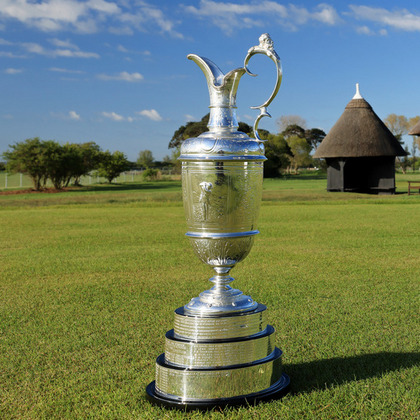
(David Cannon/R&A/R&A via Getty Images)
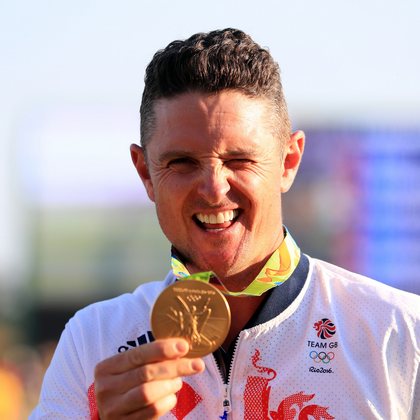
The meaning of a gold medal — but not yet in men’s golf
For the overwhelming majority of the various sports contested at the Summer Games the awarding of a gold medal is the pinnacle of success. In track & field, gymnastics and swimming the Summer Games at the Olympics is the Mount Everest of their respective sports. That is not the case on the men’s golf side.
The four majors are where one’s permanent legacy is cemented for the ages. That may change in the years ahead — assuming golf remains in the Games — but it will take a number of Olympics before that happens on the men’s side. Being fitted for a green jacket at The Masters, holding the U.S. Open and Wannamaker Trophies and the aforementioned Claret Jug are all beyond the men’s Olympics golf program now.
Including a team competition is needed
Credit the Ryder Cup and Solheim Matches in providing a central reason to stay interested in golf as the respective seasons draws to a close for men and women. The raw emotions and the camaraderie displayed on each side makes for compelling television theater. The Olympics needs to add this component in concert with the singles component that takes place now.
